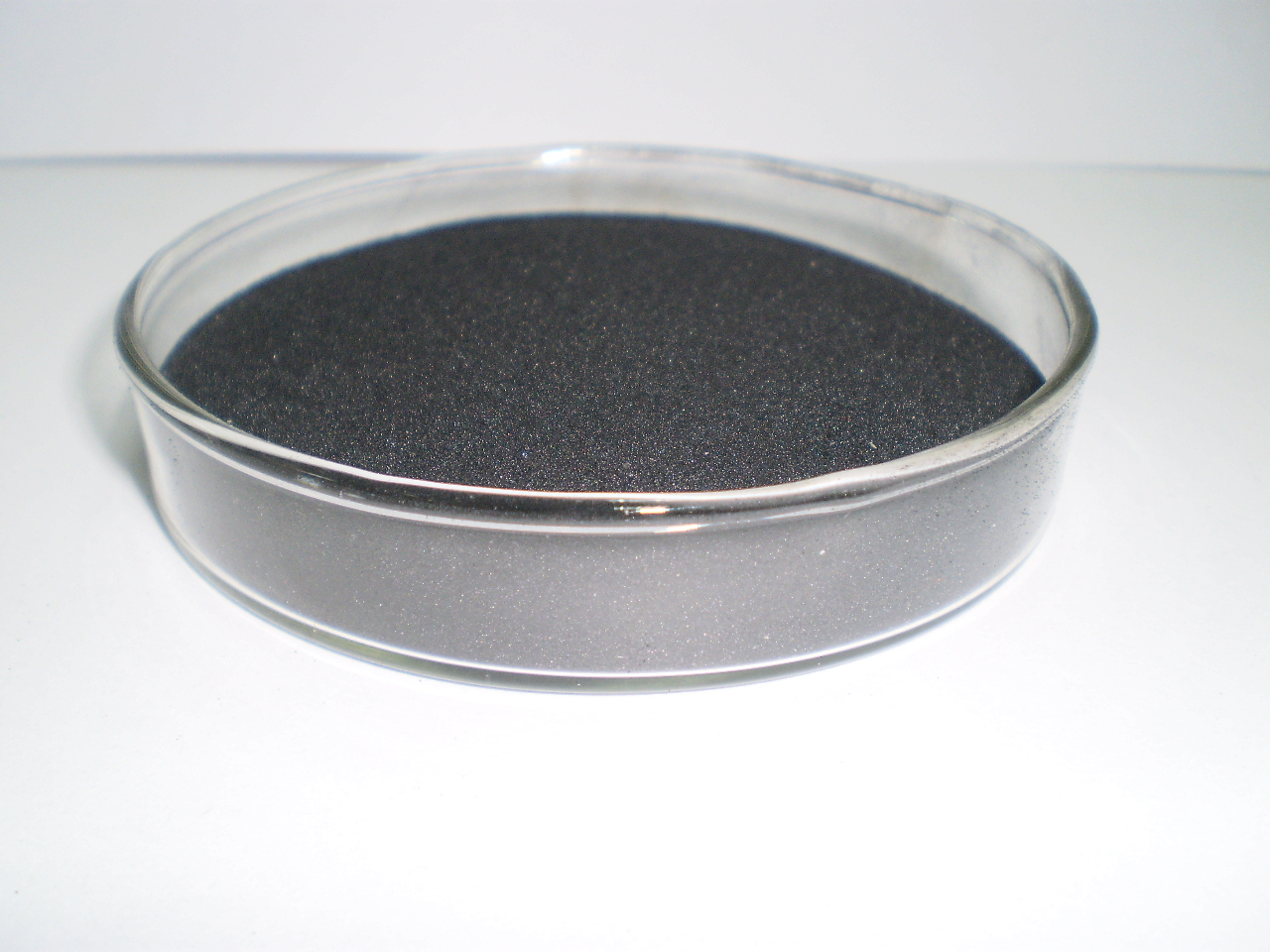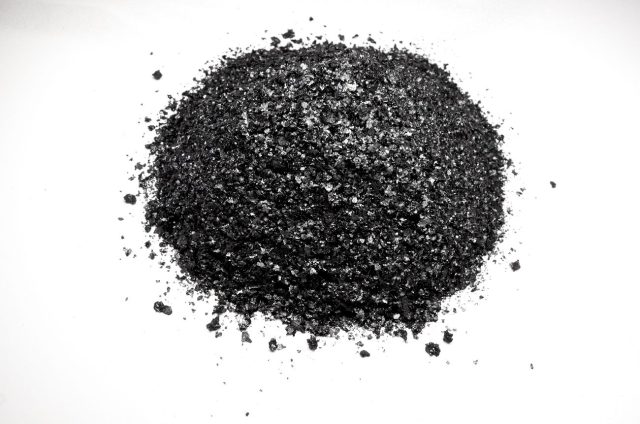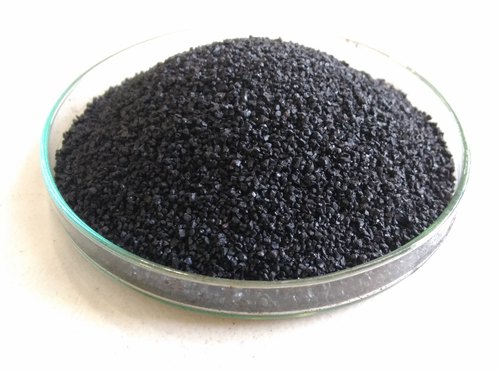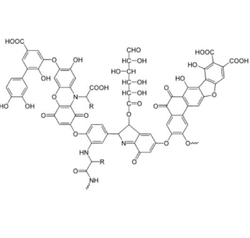-

Humic Acid in Soil Remediation
Humic acid, a natural organic compound derived from decomposed plant and animal matter, is increasingly recognized for its role in soil remediation. Its unique chemical properties make it effective in addressing soil contamination, particularly from heavy metals, organic pollutants, and other toxic substances. Below is an overview of how humic acid contributes to soil remediation,…
-

Potassium Humate Effect
Potassium humate help plants growth with high biological activity. It is been proved by practice the biochemical potassium humate core contains unidentified unknown growth factors with high biological activity. Strictly speaking, biochemical potassium humate does not contain hormonal substances, but it shows similar effects with chemically synthesized auxins, cytokinins, abscisic acid and other plant hormones, and…
-

The Benefits of Humic Substances in Agriculture
Humic substances have a high anion exchange capacity which allows them to hold nutrients such as nitrogen and phosphorus in the soil and prevent them from leaching. There are three different fractions of humic substances generally referred to as humic acid, fulvic acid, and humin.
-

Potassium humate is an organic fertilizer
With the advancement of agricultural technology, potassium humate has become a relatively common product in the market, so do you really understand potassium humate? Whether potassium humate is organic fertilizer or chemical fertilizer is a common problem. Next, Xiaobian will introduce you to the function of potassium humate as organic fertilizer or chemical fertilizer and…
-

Potassium humate desulfurization of flue gas
Flue-gas desulfurization is the main method of coal desulfurization. Potassium humate (KHA) solution was used to remove SO2 from flue gas, and the effects of the potassium humate concentration, solution temperature, SO2 concentration and oxygen content on SO2 absorption efficiency were explored. The results showed that the desulfurization performance of potassium humate absorbent is much better than that…
-

Potassium humate to remove lead and cadmium in soil
Potassium Humate are also used for the rehabilitation of soil contaminated by heavy metals like lead and cadmium due to their unique physicochemical properties. Soil heavy metal pollution is an important environmental problem facing China and many other countries in the world. Soil in situ fixation / stabilization technology is widely used in practical engineering…
-
Function of potassium humate
Function of potassium humate,let us start with humic acid functional group in potassium humate can absorb and store potassium ions, prevent loss with water in sandy soil and leaching soil, and prevent fixation of potassium by sticky soil. In addition, some parts of potassium humate are low-molecular-weight humic acid such as fulvic acid, which has…
-

Potassium humate and fulvic acid Analysis
Potassium humate and fulvic acid are particularly interesting because they both contain molecular structures of polar and non-polar substituents, so they can transport both water-soluble and water-insoluble species. Indeed, colloidal organics. For example, soluble humic acid and fulvic acid found in groundwater and surface water are called “third stage” in the traditional two-stage. Solid and…




